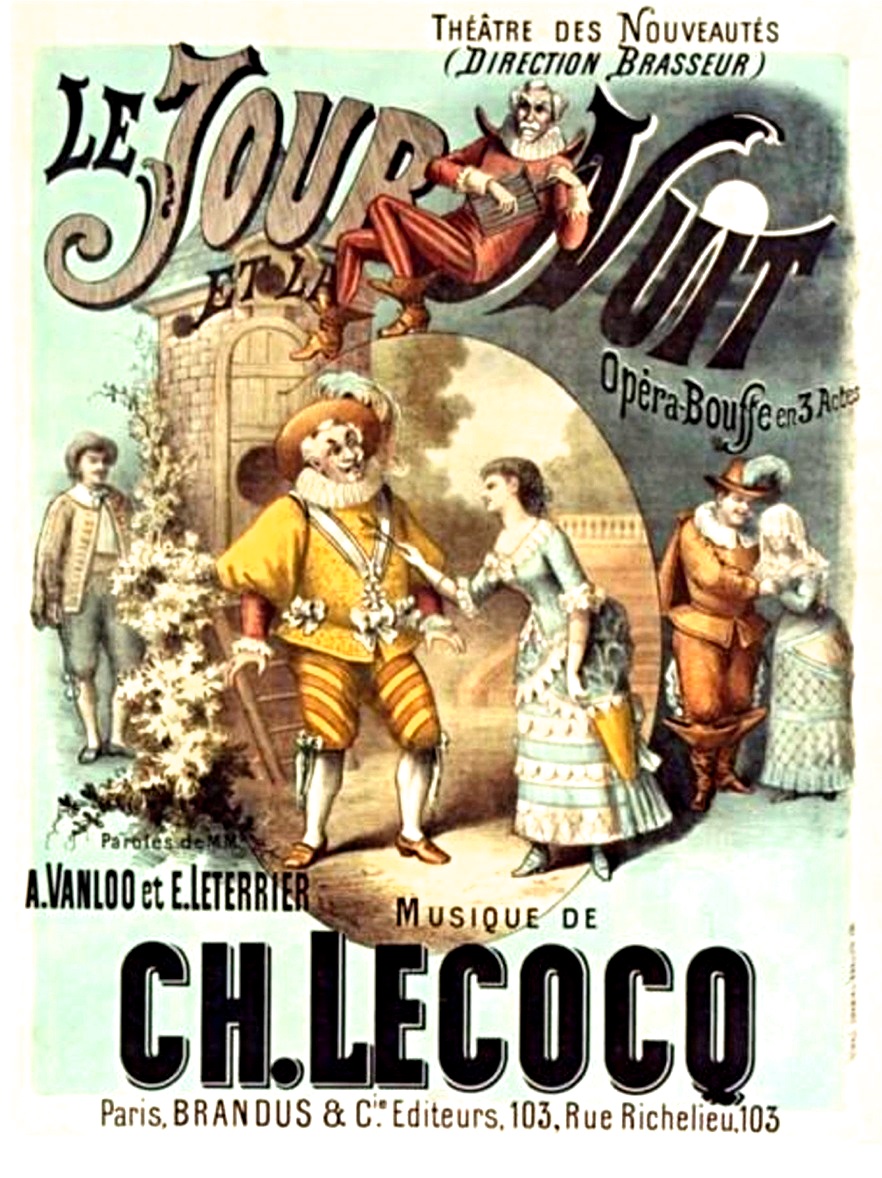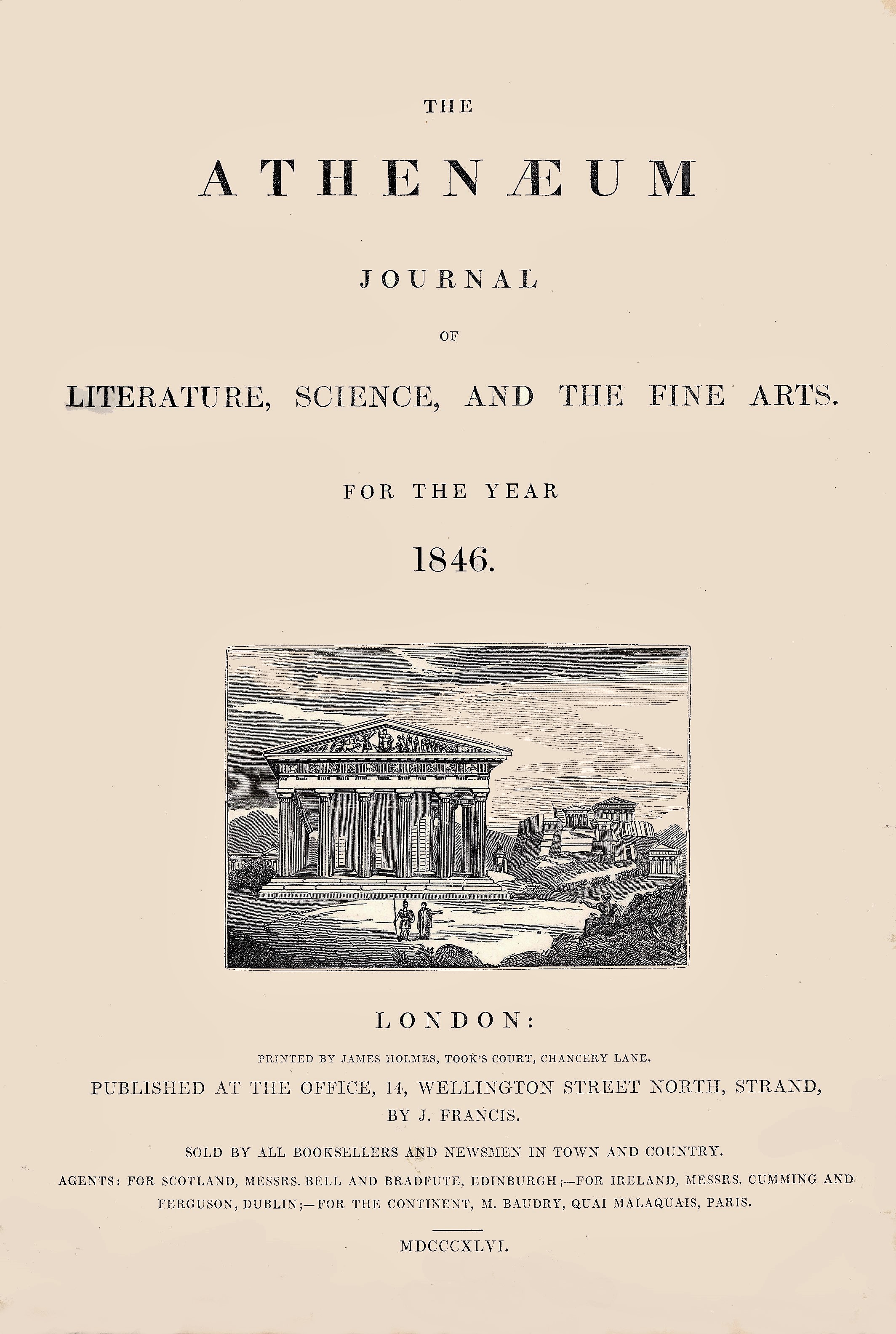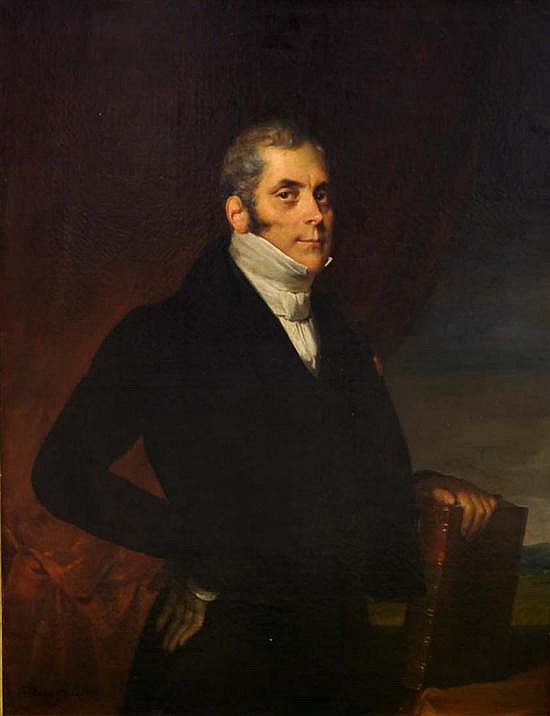|
Le Jour Et La Nuit (opera)
''Le jour et la nuit'' (Day and Night) is an opéra-bouffe with a libretto by Albert Vanloo and Eugène Leterrier and music by Charles Lecocq. It was first performed in Paris in 1881, ran for 193 performances and was subsequently staged at other theatres in Europe, North America and Australia. It has not remained in the regular international operatic repertoire. The opera depicts the confused events and various assumed identities surrounding the wedding night of a Portuguese aristocrat. Background and first performances Since ''La fille de Madame Angot'' (1872), Lecocq had been successful throughout the 1870s in what the critic Robert Pourvoyeur calls "the same elegantly risqué mould – the wedding night more or less thwarted".Pourvoyeur, Robert"Jour et la nuit (Le)" ''Opérette – Théâtre musical'', Académie Nationale de l'Opérette. Retrieved 28 October 2018 A list of the gross takings of productions in Paris during the two decades from 1870, published in 1891, showed ''La ... [...More Info...] [...Related Items...] OR: [Wikipedia] [Google] [Baidu] |
Jean-François Berthelier
Jean-François-Philibert Berthelier (14 December 1830 – 29 September 1888) was a French actor and singer, who performed many light tenor roles in opéra-comique and opéra-bouffe.O’Connor P. 'Jean-François Berthelier' In : ''The New Grove Dictionary of Opera''. Macmillan, London and New York, 1997. Early career Berthelier was born in Panissières, the son of a notary. At eleven he became an orphan and moved in with a foster family. He initially worked as an office clerk in a bookstore in Lyon, where on the side he appeared on stage as an extra at the Théâtre des Célestins. His fine voice was noticed, and he made his operatic debut as Fernando in ''La favorite'' at a small provincial theatre in Poitiers in 1849.Yon & Fraison 1996, p. 59. When that theatre closed, he moved to Paris, but after he was refused entry to the Conservatoire de Musique, he turned to singing in cafés-concerts, not without success. He also composed some songs under the pseudonym Berthel. He was ... [...More Info...] [...Related Items...] OR: [Wikipedia] [Google] [Baidu] |
Operas By Charles Lecocq
Opera is a form of theatre in which music is a fundamental component and dramatic roles are taken by singers. Such a "work" (the literal translation of the Italian word "opera") is typically a collaboration between a composer and a librettist and incorporates a number of the performing arts, such as acting, scenery, costume, and sometimes dance or ballet. The performance is typically given in an opera house, accompanied by an orchestra or smaller musical ensemble, which since the early 19th century has been led by a conductor. Although musical theatre is closely related to opera, the two are considered to be distinct from one another. Opera is a key part of the Western classical music tradition. Originally understood as an entirely sung piece, in contrast to a play with songs, opera has come to include numerous genres, including some that include spoken dialogue such as ''Singspiel'' and ''Opéra comique''. In traditional number opera, singers employ two styles of singing: ... [...More Info...] [...Related Items...] OR: [Wikipedia] [Google] [Baidu] |
French-language Operas
French opera is one of Europe's most important operatic traditions, containing works by composers of the stature of Rameau, Berlioz, Gounod, Bizet, Massenet, Debussy, Ravel, Poulenc and Messiaen. Many foreign-born composers have played a part in the French tradition as well, including Lully, Gluck, Salieri, Cherubini, Spontini, Meyerbeer, Rossini, Donizetti, Verdi and Offenbach. French opera began at the court of Louis XIV of France with Jean-Baptiste Lully's ''Cadmus et Hermione'' (1673), although there had been various experiments with the form before that, most notably '' Pomone'' by Robert Cambert. Lully and his librettist Quinault created ''tragédie en musique'', a form in which dance music and choral writing were particularly prominent. Lully's most important successor was Rameau. After Rameau's death, the German Gluck was persuaded to produce six operas for the Paris, Parisian stage in the 1770s. They show the influence of Rameau, but simplified and with greater foc ... [...More Info...] [...Related Items...] OR: [Wikipedia] [Google] [Baidu] |
1881 Operas
Events January–March * January 1– 24 – Siege of Geok Tepe: Russian troops under General Mikhail Skobelev defeat the Turkomans. * January 13 – War of the Pacific – Battle of San Juan and Chorrillos: The Chilean army defeats Peruvian forces. * January 15 – War of the Pacific – Battle of Miraflores: The Chileans take Lima, capital of Peru, after defeating its second line of defense in Miraflores. * January 24 – William Edward Forster, chief secretary for Ireland, introduces his Coercion Bill, which temporarily suspends habeas corpus so that those people suspected of committing an offence can be detained without trial; it goes through a long debate before it is accepted February 2. * January 25 – Thomas Edison and Alexander Graham Bell form the Oriental Telephone Company. * February 13 – The first issue of the feminist newspaper ''La Citoyenne'' is published by Hubertine Auclert. * February 16 – The Canadia ... [...More Info...] [...Related Items...] OR: [Wikipedia] [Google] [Baidu] |
The Athenaeum (British Magazine)
The ''Athenæum'' was a British literary magazine published in London, England, from 1828 to 1921. Foundation Initiated in 1828 by James Silk Buckingham, it was sold within a few weeks to Frederick Maurice and John Sterling, who failed to make it profitable. In 1829, Charles Wentworth Dilke became part proprietor and editor; he greatly extended the influence of the magazine. In 1846, he resigned the editorship and assumed that of the '' Daily News'' of London, but contributed a series of notable articles to the ''Athenaeum''. The poet and critic Thomas Kibble Hervey succeeded Dilke as editor and served from 1846 until his resignation due to ill health in 1853. Historian and traveller William Hepworth Dixon succeeded Hervey in 1853, and remained editor until 1869. Contributors George Darley was a staff critic during the early years, and Gerald Massey contributed many literary reviews – mainly on poetry – during the period 1858 to 1868. George Henry Caunter was one of the pri ... [...More Info...] [...Related Items...] OR: [Wikipedia] [Google] [Baidu] |
Daniel Auber
Daniel-François-Esprit Auber (; 29 January 178212 May 1871) was a French composer and director of the Paris Conservatoire. Born into an artistic family, Auber was at first an amateur composer before he took up writing operas professionally when the family's fortunes failed in 1820. He soon established a professional partnership with the librettist Eugène Scribe that lasted for 41 years and produced 39 operas, most of them commercial and critical successes. He is mostly associated with opéra-comique and composed 35 works in that genre. With Scribe he wrote the first French grand opera, ''La Muette de Portici'' (The Dumb Woman of Portici) in 1828, which paved the way for the large-scale works of Giacomo Meyerbeer. Auber held two important official musical posts. From 1842 to 1871 he was director of France's premier music academy, the Paris Conservatoire, which he expanded and modernised. From 1852 until the fall of the Second Empire in 1870 he was director of the imperial chap ... [...More Info...] [...Related Items...] OR: [Wikipedia] [Google] [Baidu] |
The Era (newspaper)
''The Era'' was a British weekly paper, published from 1838 to 1939. Originally a general newspaper, it became noted for its sports coverage, and later for its theatrical content. History ''The Era'' was established in 1838 by a body of shareholders consisting of licensed victuallers and other people connected with their trade. The journal was intended to be a weekly organ of the public-house interest, just as the ''Morning Advertiser'' was then its daily organ. In the first two or three years of its existence, its political stance was broadly Liberal. Its first editor, Leitch Ritchie, proved too liberal for his board of directors, and in addition to editorial clashes, the paper was a commercial failure. Ritchie was succeeded by Frederick Ledger, who became sole proprietor as well as editor. He edited the paper for more than thirty years, gradually changing its politics from Liberalism to moderate Conservatism. Politics, however, ceased to be a major concern of ''The Era''. Its ... [...More Info...] [...Related Items...] OR: [Wikipedia] [Google] [Baidu] |
Henry Farnie
Henry Brougham Farnie (8 April 1836 – 21 September 1889), often called H. B. Farnie, was a British librettist and adapter of French operettas and an author. Some of his English-language versions of operettas became record-setting hits on the London stage of the 1870s and 1880s, strongly competing with the Gilbert and Sullivan operas being played at the same time. After attending Cambridge University, Farnie returned to his native Scotland, where he was appointed editor of the ''Cupar Gazette.'' In 1857, he wrote ''The Golfer's Manual'', the first book on golf instruction. In 1860, he wrote books on the flora of St Andrews and on ''The City of St. Rule''. His journalism career brought him to London in 1863 as editor of a new musical journal, ''The Orchestra''. He began to write the lyrics to popular songs, and, in 1867, he began to write plays. During the 1870s and 1880s, Farnie turned out translations and adaptations of dozens of French operas and operettas. Many of the latte ... [...More Info...] [...Related Items...] OR: [Wikipedia] [Google] [Baidu] |
Mantilla
A mantilla is a traditional Spanish and Latin American liturgical lace or silk veil or shawl worn over the head and shoulders, often over a high comb called a '' peineta'', popular with women in Spain, as well as in Latin America. It is also worn by Traditional Catholic and Plymouth Brethren women in various parts of the globe, Mennonite women in Argentina, and without the peineta by Eastern Orthodox women in Russia, often white, with the ends crossed over neck and draped over the opposite shoulder. For these denominations, the mantilla is worn as a Christian headcovering by women during church services, as well as during special occasions. A smaller version of the mantilla is called a toquilla. History The lightweight ornamental mantilla came into use in the warmer regions of Spain towards the end of the 16th century, and ones made of lace became popular with women in the 17th and 18th centuries, being depicted in portraits by Diego Velázquez and Goya. With Spain being largely ... [...More Info...] [...Related Items...] OR: [Wikipedia] [Google] [Baidu] |








.jpg)